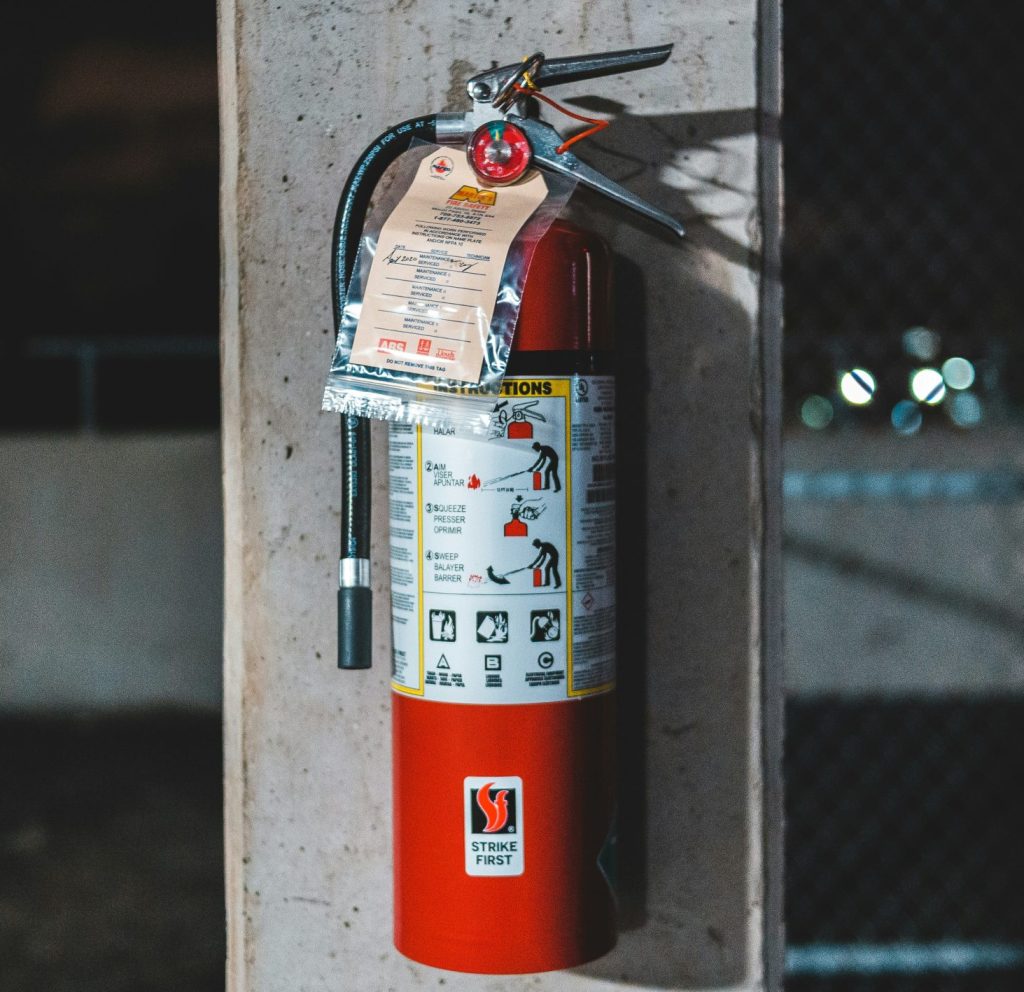Other Waste
Hazardous Materials Management (HMM) collects all batteries for recycling. Specially marked white plastic pails are located in most U-M building for collecting batteries. They are often located in common areas such as docks, mail rooms, and copy rooms.
Standard Operating Procedures, Guidelines, and Manuals
Supplemental Information
How are Batteries Recycled?
The batteries are sent to domestic recycling facilities where they are sorted by type.
- Alkaline and zinc carbon batteries are shredded and the electrolyte is neutralized. The material is dried, blended with carbon steel trimmings and formed into bricks. The bricks are transported to a steel mill for processing where the zinc is fumed off for recovery and resale as zinc ‐oxide and the manganese dioxide is used as an alloy in rebar and steel.
- Rechargeable batteries, like lithium and nickel, are sent to a facility where the heavy metals are recovered and re‐used for the production of more batteries.
- Lead acid, silver oxide, mercury oxide and button cell batteries are disassembled, the electrolyte is neutralized and the heavy metals are recovered through controlled temperature processes. The metals are then refined for resale.
Hazardous Materials Management (HMM) collects all types and sizes of light bulbs.
Standard Operating Procedures, Guidelines, and Manuals
- Researchers may box and label bulbs from lab equipment and include the bulb waste with the next chemical waste collection request.
- For all other bulbs, refer to the procedure Preparing Spent Bulbs for Collection.
Supplemental Information
Hazardous Materials Management (HMM) collects ballasts. Ballasts may contain poly-chlorinated biphenyls, also known as PCBs. Because PCBs are toxic and classified as a persistent organic pollutant, it is imperative that all ballasts on campus be disposed of properly so that no PCBs are released into the environment. Although PCB production was banned in the United States in 1979, it is still possible to find PCB containing ballasts throughout campus.
Standard Operating Procedures, Guidelines, and Manuals
Supplemental Information
How are Ballasts Recycled?
Ballasts are disassembled at a certified recycling facility. Steel, copper and other metals are removed, sent to a smelter, and recycled for industrial use. Capacitors, potting material, and PCB components are containerized for EPA approved incineration.
Consumer electronics are anything with a cord or battery. U-M Property Disposition is responsible for collecting U-M consumer electronic property designated as “surplus” (waste) by departments. Property Disposition may recycle, sell, or dispose of the surplus property.
Occasionally, Property Disposition will direct the department with the surplus consumer electronics to arrange for disposal through EHS. Such electronics are then considered e-waste.
Standard Operating Procedures, Guidelines, and Manuals
Supplemental Information
How is Consumer Electronic Waste Recycled?
E‐waste is shipped to a contracted recycling vendor located in the United States – no e-waste is shipped by EHS overseas for recycling. The vendor manually disassembles the device and components are sorted in a secure facility. Printed circuit boards, hard drives and computer chips are shredded. Each part, whether metal plastic or glass, is recycled domestically. These components are recycled into automotive parts and glass, fiberglass, sign posts, light bulbs, bottles, beads, benches and plastic lumber.
Due to their delicate nature, inherent instability or extreme toxicity, special waste cannot be disposed of using normal procedures. Common waste streams that fall into this category include:
- Explosives
- Shock sensitive and peroxide forming chemicals
- Polychlorinated biphenyls
- Dioxins
- Department of Transportation Forbidden Materials
The following criteria must be met prior to disposing any wastewater into the sanitary sewer system:
- All wastes must comply with the limits established in the Ann Arbor Sewer Use Ordinance
- Liquids Only
- No RCRA hazardous wastes
- No Michigan hazardous wastes or Liquid Industrial By-Products
- No radioactive wastes
- No untreated biohazardous wastes
Please see the EHS Environmental webpage on Sanitary Drain Disposal for more information about sanitary discharge limitations.
To comply with EPA regulations, University of Michigan (U-M) personnel and outside contractors must contact the Facilities Maintenance, AC Shop at (734) 647-2059 and complete the UM HVAC Refrigerant Equipment Input Form 1A before installing or removing equipment containing chlorofluorocarbons (CFCs) or hydrochlorofluorcarbons (HCFCs).
The Plant Air Conditioning Shop tracks & disposes of refrigeration appliances containing the following CFCs and HCFCs.
|
|
|
|
|
|
|
|
|
|
|
|
|
|
|
|
|
|
|
|
|
|
|
|
|
|
|
|
|
|
|
|






